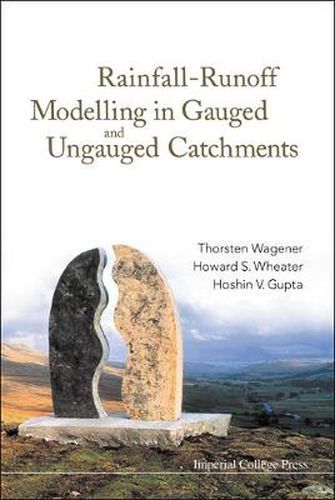Readings Newsletter
Become a Readings Member to make your shopping experience even easier.
Sign in or sign up for free!
You’re not far away from qualifying for FREE standard shipping within Australia
You’ve qualified for FREE standard shipping within Australia
The cart is loading…






This important monograph is based on the results of a study on the identification of conceptual lumped rainfall-runoff models for gauged and ungauged catchments. The task of model identification remains difficult despite decades of research. A detailed problem analysis and an extensive review form the basis for the development of a Matlab[registered] modelling toolkit consisting of two components: a Rainfall-Runoff Modelling Toolbox (RRMT) and a Monte Carlo Analysis Toolbox (MCAT). These are subsequently applied to study the tasks of model identification and evaluation. A novel dynamic identifiability approach has been developed for the gauged catchment case. The theory underlying the application of rainfall-runoff models for predictions in ungauged catchments is studied, problems are highlighted and promising ways to move forward are investigated. Modelling frameworks for both gauged and ungauged cases are developed. This book presents the first extensive treatment of rainfall-runoff model identification in gauged and ungauged catchments.
$9.00 standard shipping within Australia
FREE standard shipping within Australia for orders over $100.00
Express & International shipping calculated at checkout
This important monograph is based on the results of a study on the identification of conceptual lumped rainfall-runoff models for gauged and ungauged catchments. The task of model identification remains difficult despite decades of research. A detailed problem analysis and an extensive review form the basis for the development of a Matlab[registered] modelling toolkit consisting of two components: a Rainfall-Runoff Modelling Toolbox (RRMT) and a Monte Carlo Analysis Toolbox (MCAT). These are subsequently applied to study the tasks of model identification and evaluation. A novel dynamic identifiability approach has been developed for the gauged catchment case. The theory underlying the application of rainfall-runoff models for predictions in ungauged catchments is studied, problems are highlighted and promising ways to move forward are investigated. Modelling frameworks for both gauged and ungauged cases are developed. This book presents the first extensive treatment of rainfall-runoff model identification in gauged and ungauged catchments.